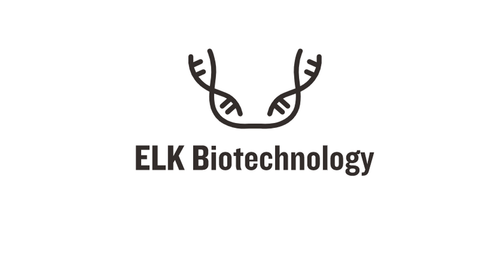Product Description
Rat Angiotensin converting enzyme (ACE) ELISA Kit | AE23393RA | Abebio
Species Reactivity: Rat (Rattus norvegicus)
Abbreviation: ACE
Alternative Name: ACE1; CD143; DCP; DCP1; MGC26566; MVCD3; CD143 antigen|angiotensin I converting enzyme 1|angiotensin converting enzyme; somatic isoform|carboxycathepsin|dipeptidyl carboxypeptidase 1|kininase II|pep
Application: ELISA
Range: 0.312-20 ng/mL
Sensitivity: 0.122 ng/mL
Intra-Assay: ≤4.9%
Inter-Assay: ≤9.3%
Recovery: 1, 05
Sample Type: Serum, Plasma, Other biological fluids
Detection Method: Sandwich
Analysis Method : Quantitive
Test Principale: This assay employs a two-site sandwich ELISA to quantitate ACE in samples. An antibody specific for ACE has been pre-coated onto a microplate. Standards and samples are pipetted into the wells and anyACE present is bound by the immobilized antibody. After removing any unbound substances, a biotin-conjugated antibody specific for ACE is added to the wells. After washing, Streptavidin conjugated Horseradish Peroxidase (HRP) is added to the wells. Following a wash to remove any unbound avidin-enzyme reagent, a substrate solution is added to the wells and color develops in proportion to the amount of ACE bound in the initial step. The color development is stopped and the intensity of the color is measured.
Product Overview: Angiotensin I-converting enzyme (ACE, EC 3.4.15.1), an exopeptidase, is a circulating enzyme that participates in the body's renin-angiotensin system (RAS), which mediates extracellular volume (i.e. that of the blood plasma, lymph and interstitial fluid), and arterial vasoconstriction. It is secreted by pulmonary and renal endothelial cells and catalyzes the conversion of decapeptide angiotensin I to octapeptide angiotensin II. ACE Ubiquitously expressed, with highest levels in lung, kidney, heart, gastrointestinal system and prostate. The testis-specific isoforn is expressed in spermatocytes, adult testis. ACE can Convert angiotensin I to angiotensin II by release of the terminal His-Leu, this results in an increase of the vasoconstrictor activity of angiotensin.
Stability: The stability of ELISA kit is determined by the loss rate of activity. The loss rate of this kit is less than 5% within the expiration date under appropriate storage condition. The loss rate was determined by accelerated thermal degradation test. Keep the kit at 37°C for 4 and 7 days, and compare O.D.values of the kit kept at 37°C with that of at recommended temperature. (referring from China Biological Products Standard, which was calculated by the Arrhenius equation. For ELISA kit, 4 days storage at 37°C can be considered as 6 months at 2 - 8°C, which means 7 days at 37°C equaling 12 months at 2 - 8°C) .
 Euro
Euro
 USD
USD
 British Pound
British Pound
 NULL
NULL












